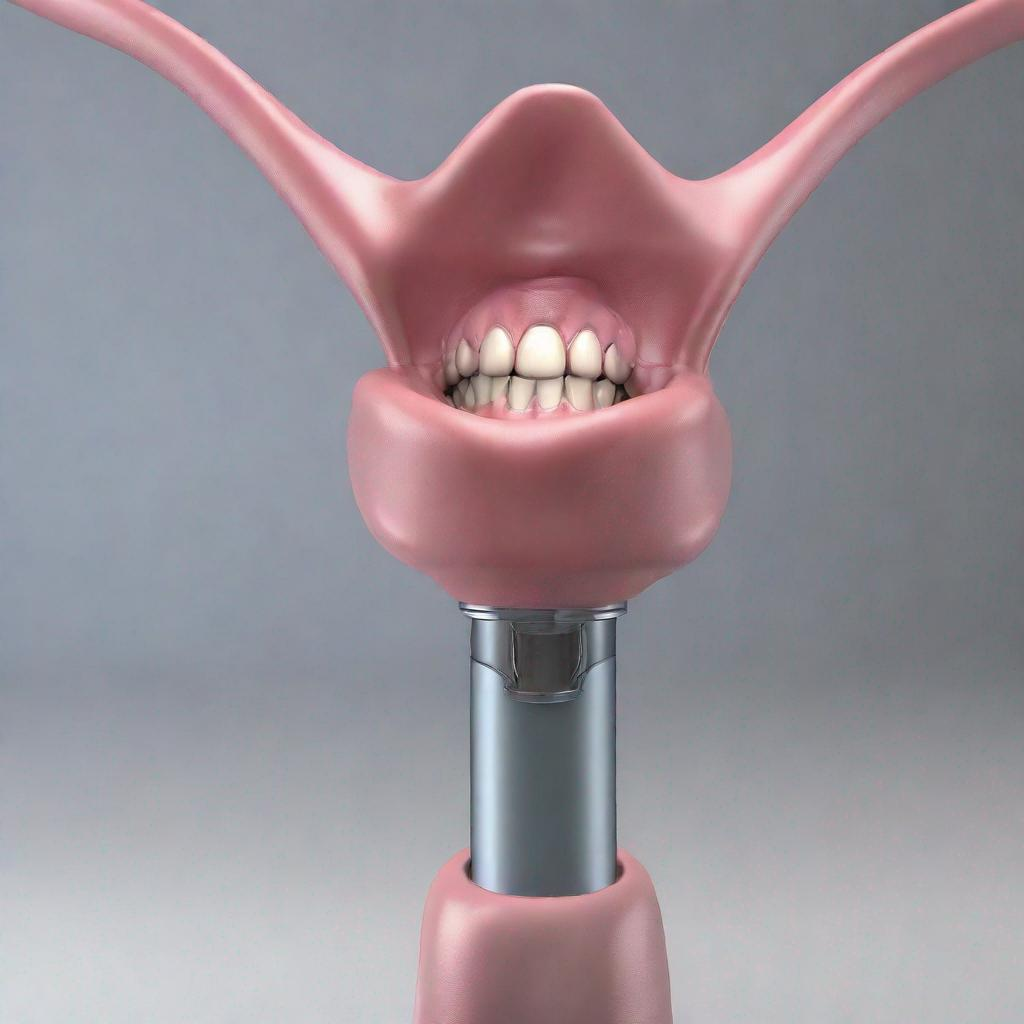## Laryngoscopy: A Comprehensive Guide
**Introduction**
Laryngoscopy is a medical procedure that allows doctors to visualize the larynx, the voice box, and the surrounding structures. It is commonly used to diagnose and treat various conditions that affect the larynx and its function.
**Procedure**
There are several types of laryngoscopies, each using different tools and techniques:
* **Direct Laryngoscopy:** A thin, rigid tube with a light and camera at the end is inserted into the mouth and down the throat to provide a direct view of the larynx.
* **Indirect Laryngoscopy:** A small mirror is held at the back of the throat to reflect light into the larynx, allowing the doctor to see an indirect view.
* **Flexible Fiberoptic Laryngoscopy:** A thin, flexible tube with a camera and light source at the end is inserted into the nose or mouth and guided down to the larynx, providing a real-time view.
* **Videostroboscopy:** A specialized technique that uses a stroboscope to visualize the movement of the vocal cords during phonation.
Laryngoscopies are typically performed by otolaryngologists (ear, nose, and throat specialists) or speech-language pathologists.
**Diagnosis**
Laryngoscopy can help diagnose a wide range of conditions, including:
* Cancer of the larynx
* Laryngeal dysfunction
* Laryngeal papillomatosis
* Laryngomalacia
* Vocal cord nodules and polyps
* Tracheal stenosis
* Vocal fold paralysis
* Laryngeal web
* Croup
**Importance**
Laryngoscopy is an essential test for diagnosing and treating laryngeal conditions. It allows doctors to directly visualize the larynx, assess its structure and function, and identify any abnormalities. This information is crucial for making accurate diagnoses and developing appropriate treatment plans.
**Alternatives**
In some cases, other tests may be used as alternatives to laryngoscopy, such as:
* Imaging tests (e.g., CT scan, MRI)
* Biopsy
* Endoscopic ultrasound
**Preparation**
Before a laryngoscopy, patients may be asked to:
* Fast for a few hours beforehand
* Avoid smoking or drinking alcohol
* Remove any dental prostheses or jewelry
**Duration**
The duration of a laryngoscopy varies depending on the type of procedure performed. Direct laryngoscopy typically takes a few minutes, while flexible fiberoptic laryngoscopy can last up to 30 minutes.
**Recommendations**
Following a laryngoscopy, patients may experience some discomfort or hoarseness. Resting the voice and avoiding strenuous activity can help minimize these symptoms. In some cases, additional tests or treatments may be recommended based on the findings of the laryngoscopy.


